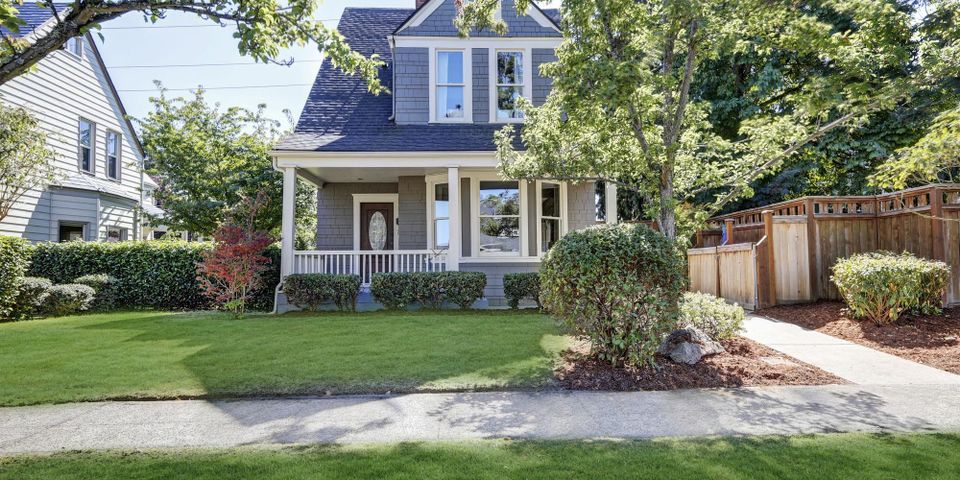3 Tips for Designing a Residential Irrigation System

A residential irrigation system delivers the correct amount of moisture to your grass, trees, plants, and flowers to ensure they remain healthy and gorgeous. As you get ready to install sprinklers, work with a contractor to design the system according to the property’s size, dimensions, and landscaping layout. Here’s how to create the perfect irrigation system for your lot.
How to Design a Residential Irrigation System
1. Check Water Pressure
Check the property’s water pressure to make sure it’s adequate for the sprinklers. Turn off the water supply to the home’s interior, connect a gauge to the outdoor spigot, and turn on the water pressure to its highest setting.
Sprinkler systems function best at about 30 to 50 psi. If the reading falls outside these parameters, call your water company to adjust the pressure.
2. Select Sprinkler Heads
 Various sprinkler head models distribute water differently. Fixed heads deliver water to single zones of about 6 to 18 feet. Spray heads with rotary nozzles spray a consistent water stream in a 13- to 30-foot radius.
Various sprinkler head models distribute water differently. Fixed heads deliver water to single zones of about 6 to 18 feet. Spray heads with rotary nozzles spray a consistent water stream in a 13- to 30-foot radius.
Drip hoses emit small amounts of water directly to the plant roots. The best form of water distribution for your lawn will depend on the type of plants and the layout.
3. Decide the Pipe & Sprinkler Layout
With a contractor, make a sketch of the system, including sprinkler heads, valves, and fittings. Determine the distance between the valves, controllers, pipes, and manifolds.
Draw the spraying circles and sprinkler locations, and add areas where nozzles start and stop. This will ensure that your outdoor areas get watered precisely and thoroughly.
Keep your lawn and garden hydrated and healthy with residential irrigation systems from Artistic Irrigation. They provide sprinkler system installations, maintenance, and repairs to Woodbury, CT, homes and businesses. Call (203) 263-6622 to get started on a design for your automatic watering system, or visit their website to learn more about free on-site estimates.
About the Business
Have a question? Ask the experts!
Send your question

